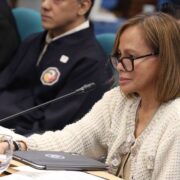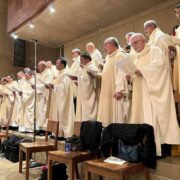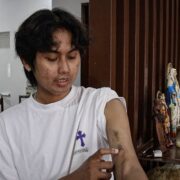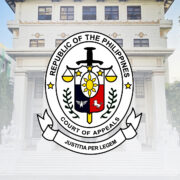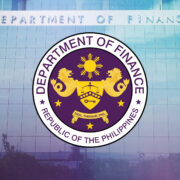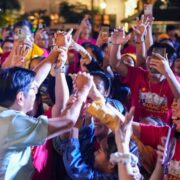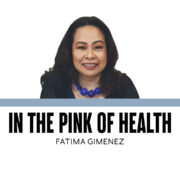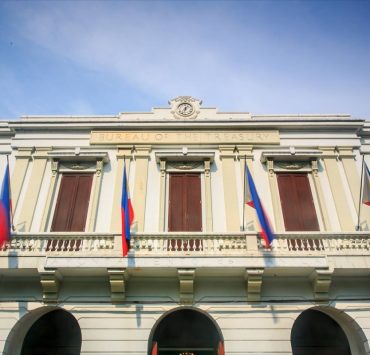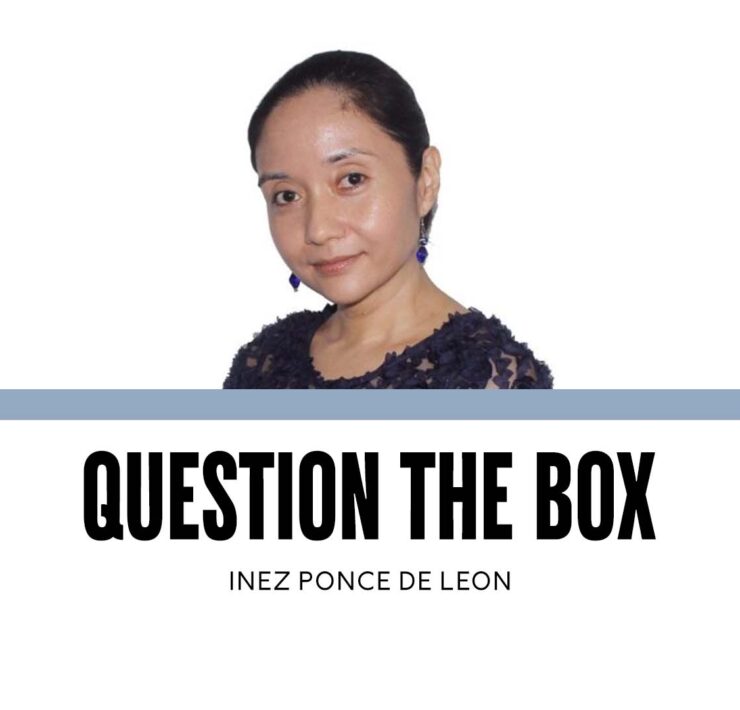Going with the many flows

Last week, I was invited to be a part of the Sandbox Soiree, organized by Ateneo’s Areté.
Areté is our arts and creativity hub, where one can watch performances and view exhibits both in air-conditioned halls and out amidst the grass and trees. The Sandbox is its creativity center, where experts can collaborate to ideate innovative products or propose solutions to different social problems.
The soiree is part of that ideation program. This round, I was placed in a group with fellow faculty members: Hidde Van der Wall of the fine arts department, originally from Amsterdam; Gino Trinidad of political science; Sophia Dayrit of environmental science; and Erik Akpedonu of sociology.
Our big group was first oriented on an initiative to gather big data from Metro Manila. That data included where people congregated, what they purchased, where they liked to go on certain days of the week and at what specific hours, etc. This data could help solve problems by acting as a springboard to characterize people and their habits.
Our task was to pick a problem to solve, and then propose a solution.
Because some of us were field researchers, we focused on flooding as a problem and talked about informal settlements, the urban poor, and, in my case, constructs of resilience.
Sophia recommended maps to show flooding tunnels, as well as different layers of development in flooded areas so that we could identify errors in design and places where developers had built over land that would be waterlogged later.
When I brought up my research on constructs of resilience, our discussion steered toward communities. Hidde talked about Amsterdam, where they “gave room to the river” by letting it flow where it needed to and then building around it so that there was no interruption to what nature intended.
Gino talked about his work with urban poor communities relocated to sites fortified with alternating layers of soil and garbage, and how these communities wanted to have their voices heard.
Then, Erik asked: Wait! What is wrong with Metro Manila?
We jokingly replied: Metro Manila.
Erik asked us again: What is wrong that we must make a problem out of it?
Erik talked about how he had once tried to “fix” a group that had been disorganized from top to bottom using what he called a “German” approach: organize, impose, order, deliver. The group eluded fixing. That was when he realized he was trying to solve a problem that he thought existed, but that he hadn’t perceived from the eyes of the group.
Erik reminded us about the questions we had always taught our students to ask first: What if our problems are not their problems? And who is this a problem for?
What if what we perceive as a problem is simply an isolated, middle-class view of a complicated reality?
That was when the group realized what had been lurking underneath our discussion the entire time: the need to go beyond big data, to ask questions of groups whose identities were being erased by generalized information, to find the stories that would tell us about the land in which people lived and the problems that they had inherited.
We returned to Hidde’s Amsterdam example, which connected with Erik’s work on architectural history: Water, like air, needs to flow. Amsterdam’s river is allowed its way so that it does not cause flooding. Building must then occur in concert with nature, not against it.
Our Spanish-era houses allowed wind to flow through the house. To stop the wind meant building concrete walls, so that we need air conditioning, but end up heating our planet further.
In both cases, we needed to let wind and water flow. We needed to ask people to tell their stories so that their indigenous knowledge and memories, too, could flow through conversations.
That, then, was our group’s contribution: Big data was but a starting point to find people to consult, but we still had to converse with people so that we could see the problem from their perspective. What we defined as a problem could already be their accepted reality, so that our version of providing solutions could also be seen not as a good deed, but as arrogant experts ordering people about from comfortable armchairs in air-conditioned ivory towers.
And no, we were not saying that we should not solve problems. Rather, communities are more than the numbers used to represent them, and the numbers are only a starting point for us to dig deeper so that we can help people create solutions to the issues that they define as problems on their own terms.
Go with their flow, we chorused. We giggled at our prospective name: “Project Flow, Flourishing Livelihoods Over Water.”
It was one of those evenings where different experts dove into what they thought was a solution before they realized that they had been contradicting the lessons they had always taught students. Get to the problem but assume nothing until you find out who it’s a problem for.
Flow with reality. Don’t assume you can control it.



